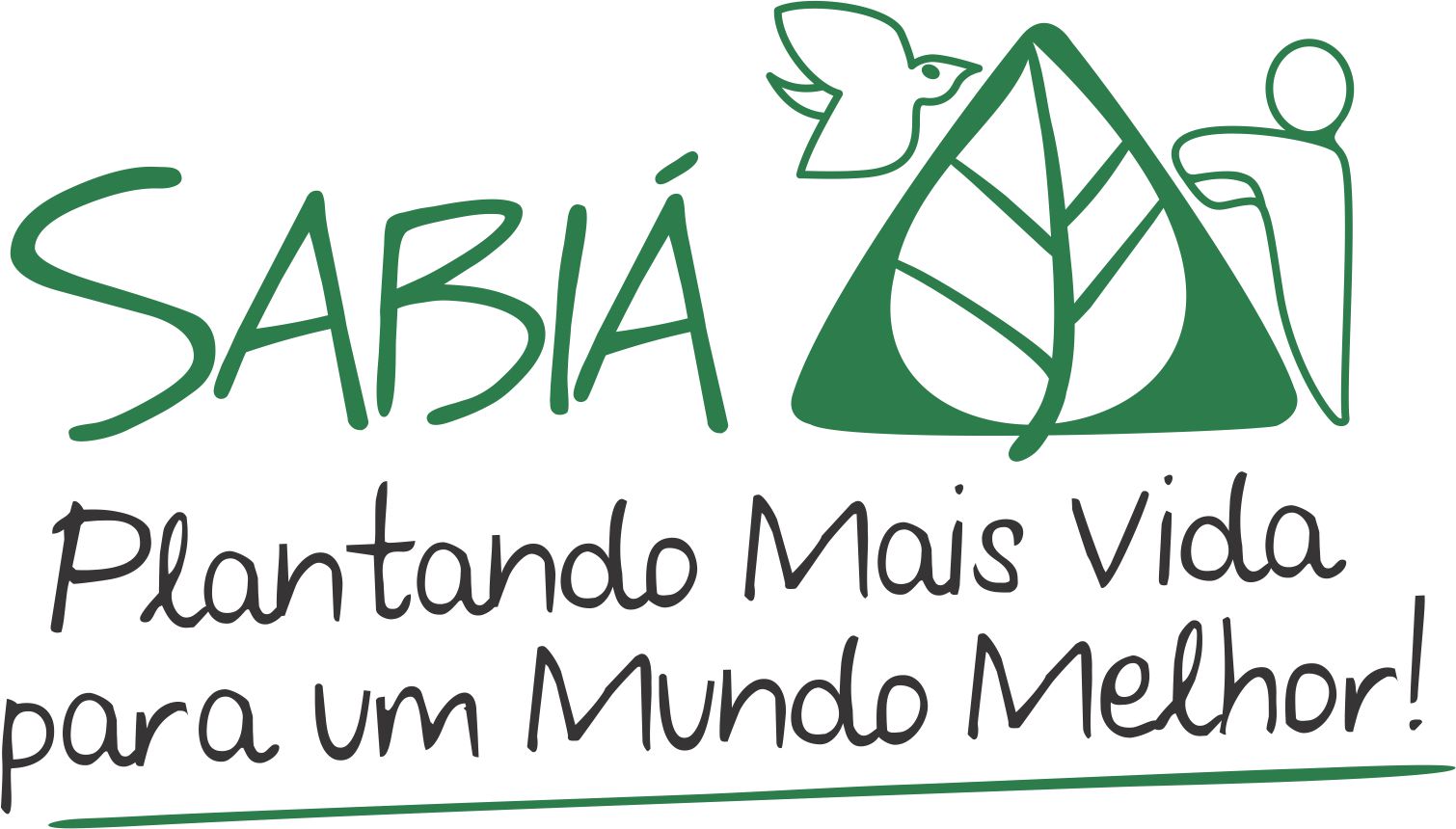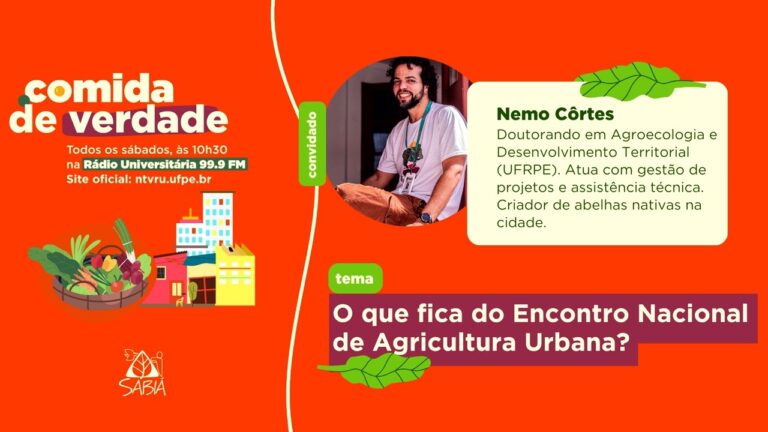Rural Sanitation Program with Water Reuse presented at X EnconASA
Rosa Sampaio
Centro Sabiá and ASA/PE
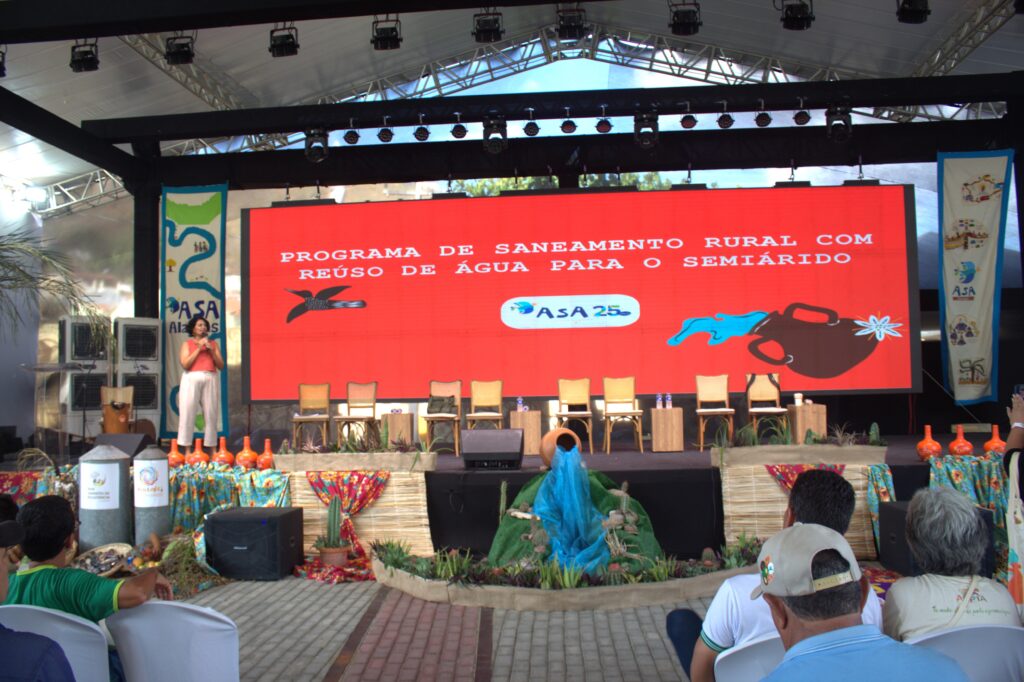
Maria Cristina Aureliano, general coordinator of Centro Sabiá (PE) and a member of ASA’s Rural Sanitation WG, presented the experience that Sabiá has been developing since 2019 of Reusing Greywater for Agroforestry Systems (RAC/SAF) and then presented the proposal for the Program that has been built by many hands from various states in the WG.
“We’ve been working on the RAC project, and from the beginning when we implemented the pilot, I thought: the RAC has to be an ASA program, but in order for it to be a program, we need to influence it so that it becomes a public policy with a guaranteed potent budget,” Maria emphasized in her speech.
Sabiá and ASA have been contributing to the debate and the challenge of implementing the system that will guarantee the third water or the “water of care”. The new proposal, entitled “Rural Sanitation Program of the ASA Network”, is the result of construction that has intensified over the last two years with debates, workshops and field visits.
“For the collective construction, the Sanitation WG visited various experiences developed in territories in various states and held more than 18 events between 2022 and 2024, with around 80 participants each,” Maria explained.
In general terms, the rural sanitation presented by ASA is a step forward in this debate, since the network emphasizes the reuse of treated water for food production and, consequently, income generation. The proposal is based on individual and community experiences of treating gray water, i.e. water from sinks, drains and toilets, and fecal water associated with agroforestry systems in Brazil and other countries.
The proposal presented by the WG is structured into seven components: Selection of communities and families; Training; Communication and teaching resources; Technologies; Social control and political advocacy; Agroecological production and recovery of degraded areas; and Management, research and monitoring. The sanitation program also establishes “Protocols for the Management of Sewage Treatment Systems and Water Reuse”.
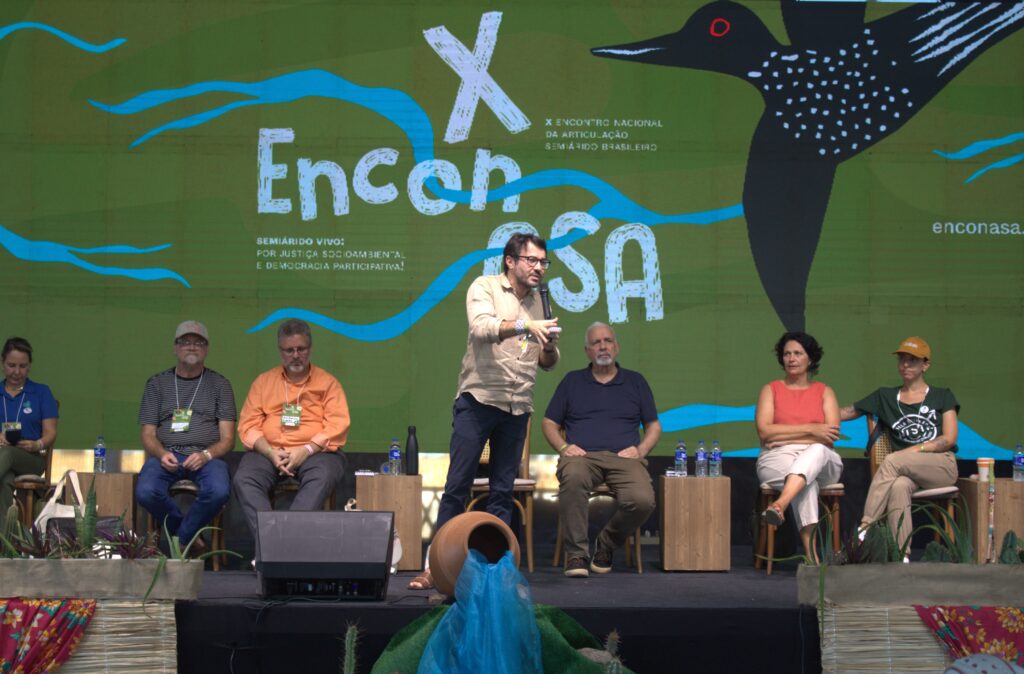
Secondly, representatives from the Ministry of the Environment, Fiocruz and national and international partners. Alexandre Henrique Pires, representing the MMA, began his speech by thanking the ASA for its contribution to the process of drawing up the Brazilian Action Plan to Combat Desertification and Mitigation. He highlighted the two actions presented in the context of the importance of the MMA.
“When Maria presented the Water Reuse program, she was talking about water for fodder production, for use in (productive) backyards, water for food production, which will obviously generate more food security for farmers. The Brazilian semi-arid region, based on its various experiences, knows how to live with the region and face this context of climate change,” emphasized Alexandre.
Jorge Machado, from Fiocruz, highlighted the importance of talking about rural sanitation from a public health policy perspective. “The ASA program presented here is in line with the National Rural Sanitation Policy, a participatory policy that has been built over these years of resistance (2016-2022), based on the discussion of healthy and sustainable territories and coexistence with the semi-arid region,” said Machado.
Since its inception 25 years ago, ASA’s programs have arisen from the needs of the people of the Semi-Arid, of farmers from all the region’s territories. When the ASA was founded, it was with the commitment not to fight drought, but to tell Brazil and the world that it is possible to live in the Semi-Arid with dignity, respecting the culture and specifications of its forest, its climate, making use of and storing rainwater to live well during droughts.
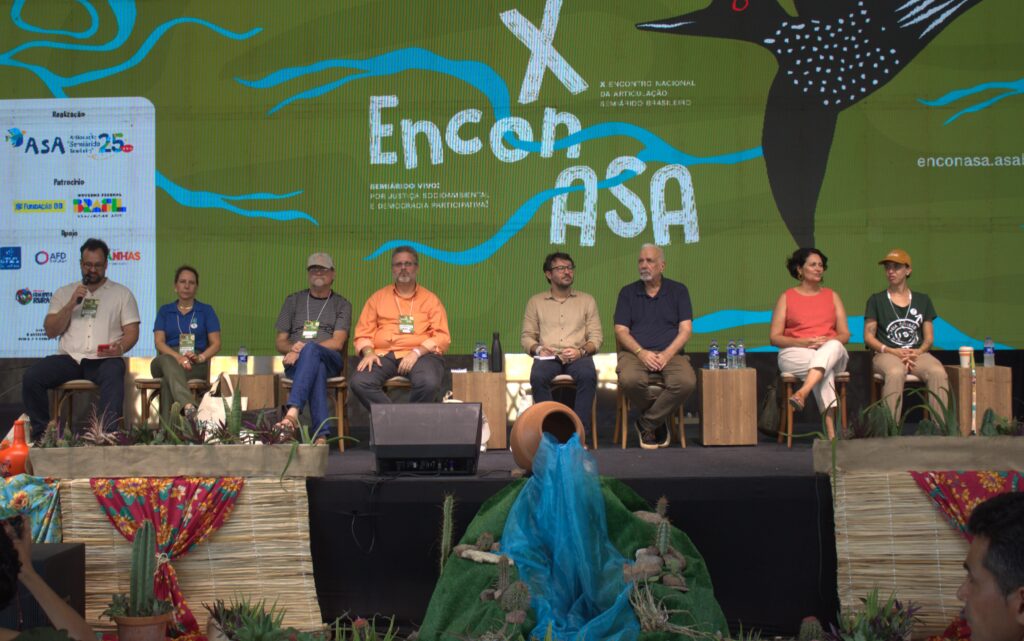
Solar Energy
Maitê Maronhas, an ASA advisor, presented the One Million Solar Roofs Program, which has been built over the last two years by the ASA’s Solar Roofs WG and had as some of its starting points the response to large centralized energy production projects and the high cost of electricity for rural families in the semi-arid region. The project is expected to benefit 4,000 rural families in 60 municipalities in the Northeast and Minas Gerais in the pilot phase.”The Northeast is the main energy-producing region in Brazil,” Maitê recalled at the end of her presentation.
X EnconASA
EnconASA is the main space for building public policies for the development and promotion of the well-being of the peoples of the semi-arid region of the Northeast and Minas Gerais. This edition of the event, which began on Monday (18) and runs until Friday (22), has the theme “Living Semiarid: for socio-environmental justice and participatory democracy”, and marks 25 years of ASA’s work.
Nothing found.

